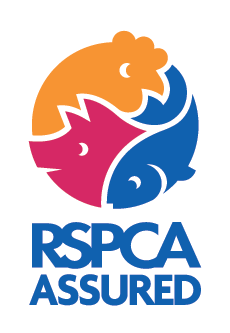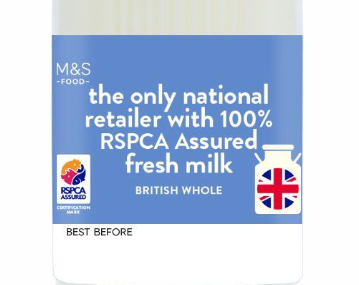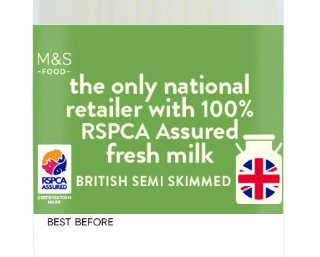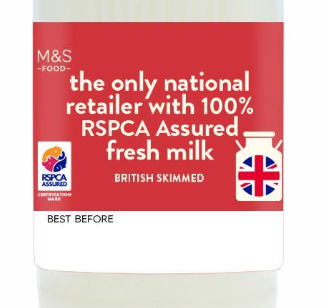Welfare issues for dairy cows
There are approximately 1.8 million dairy cows in the UK. Many of the common health problems experienced by the modern dairy cow are due to the physical demands of milk production.
Historically breeding for high milk yields has led to cows becoming bigger and more productive, but in many cases, housing and management systems haven’t grown to accommodate them.
This has contributed to the problem of disease and poor-standard housing conditions.

Some Key Animal Welfare Concerns
1. Breeding
The modern dairy cow has been bred to produce increasingly large amounts of milk. Unfortunately, this productivity has often come at the cost of their welfare. Two common problems experienced by modern dairy cattle are lameness and mastitis.
Lameness is generally a long-term painful condition and can cause suffering. It can be caused by poor nutrition, breeding or housing among other things.
Mastitis is an inflammation of the udder. It can cause pain and discomfort and some cows become severely ill.
What the RSPCA Standards Say...
The RSPCA’s welfare standards for dairy cattle focus on measures intended to reduce the prevalence of lameness and mastitis in dairy herds. In cases where these illnesses do occur, we require that they are treated quickly and effectively including with pain relief. For example, the standards include specific requirements around the use of foot bathing facilities and the keeping of detailed veterinary health plans. The RSPCA is also part of a number of groups and research projects looking at these and other issues such as the GB Dairy Cattle Welfare Strategy.
2. Comfort
Because of their large size, the quality of the environment in which dairy cows are kept can have a particularly large impact on their welfare.
Allowing dairy cows to lie down comfortably for long periods and to have opportunities for positive experiences is very important to their health and well-being.
What the RSPCA Standards Say…
Under the RSPCA welfare standards for dairy cattle, cows producing milk sold with the RSPCA Assured logo must be provided with enough space and comfortable bedding to allow them to lie down and get up without injuring themselves. They must also have environmental enrichment (e.g. cow brushes) they can use to groom and scratch themselves and access to suitable pasture for as much of the year as possible.

3. Calving
Dairy cows are at an increased risk of a range of health problems in the weeks before and after giving birth. This is because of changes to their immune system and energy requirements. Good management is essential to ensure good welfare not only during this time but for the rest of the cow’s lactation.
What the RSPCA Standards Say...
There are numerous detailed standards covering this period (the transition period) dedicated to ensuring the welfare of the cow. For example, there is a particular focus on minimising stress (through minimising mixing of cattle), maximising cow comfort (through the provision of increased space allowance) and good nutrition (through increased feed space allowance).



